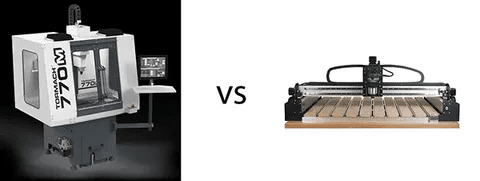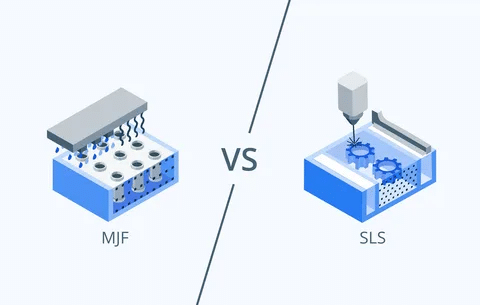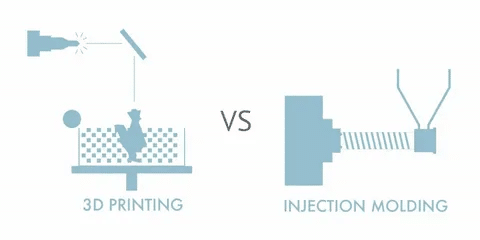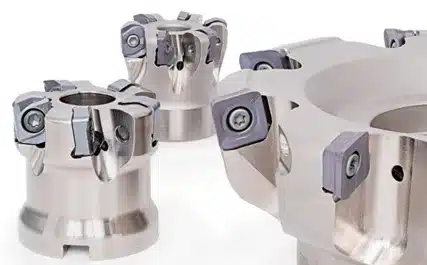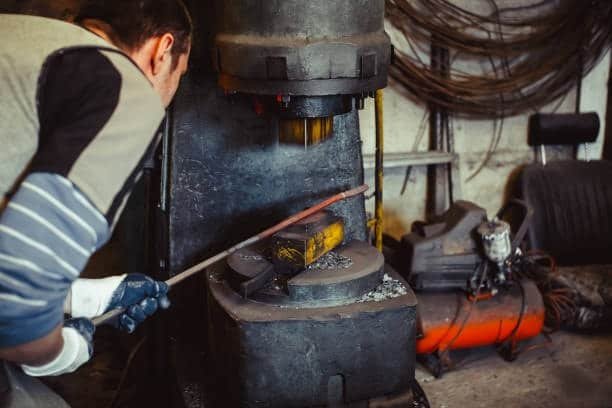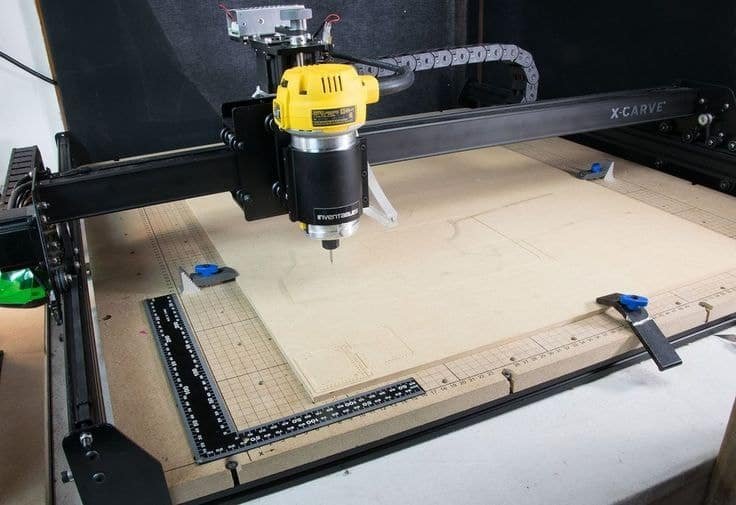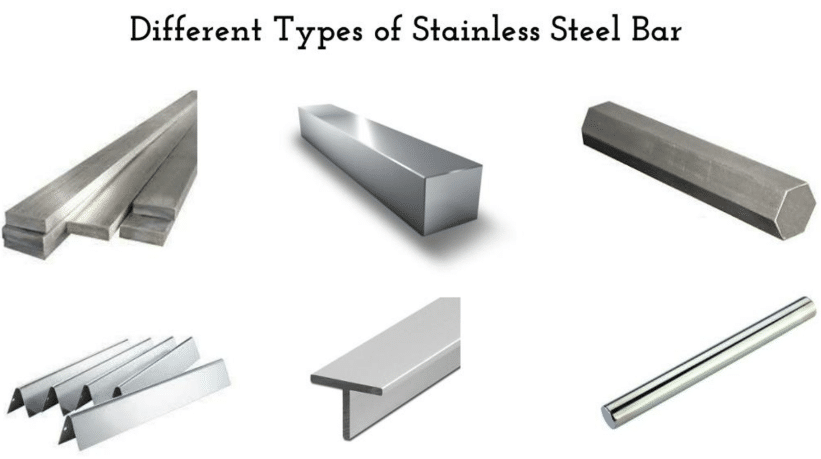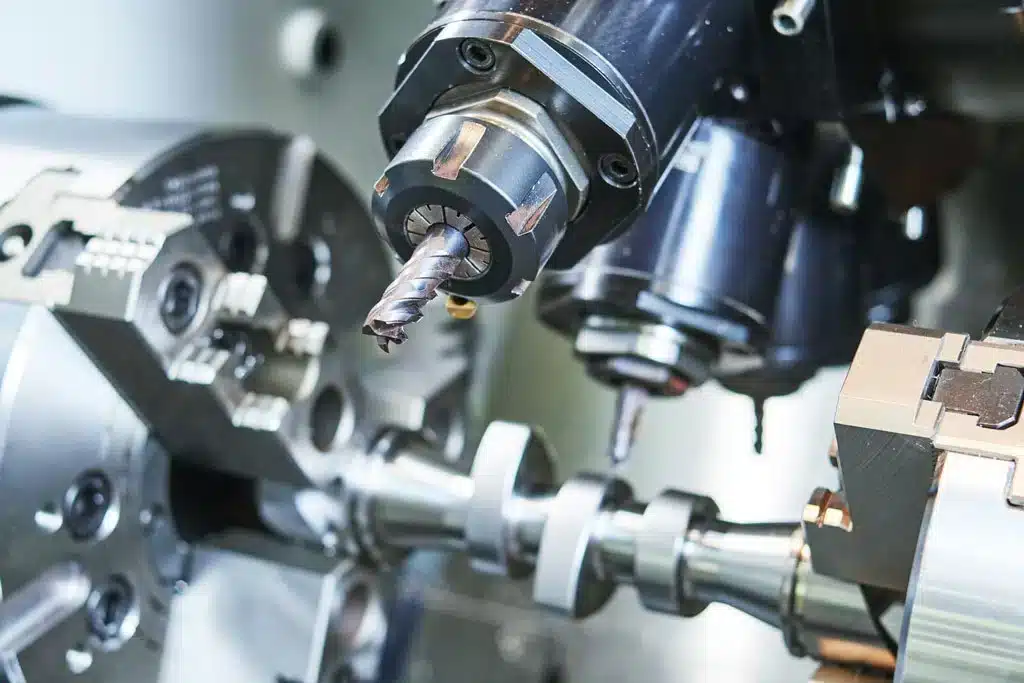3D Printer File Types: A Complete Guide for Precision Manufacturing
Knowledge of the 3D printer file formats is essential in the successful additive manufacturing project. This is a full tutorial on the most popular file formats in 3D printing, including STL, OBJ, Swiss cheese AMF, and polycos 3MF formats. With the precision mold components you would like to prototype or with the complex geometries you would like to make, it is important to select a file format that originally influences the quality of the print as well as compatibility and efficiency of the manufacturing process. Get to know how to choose the best format to use in your particular application and find out the major differences among different 3D printing file formats.

